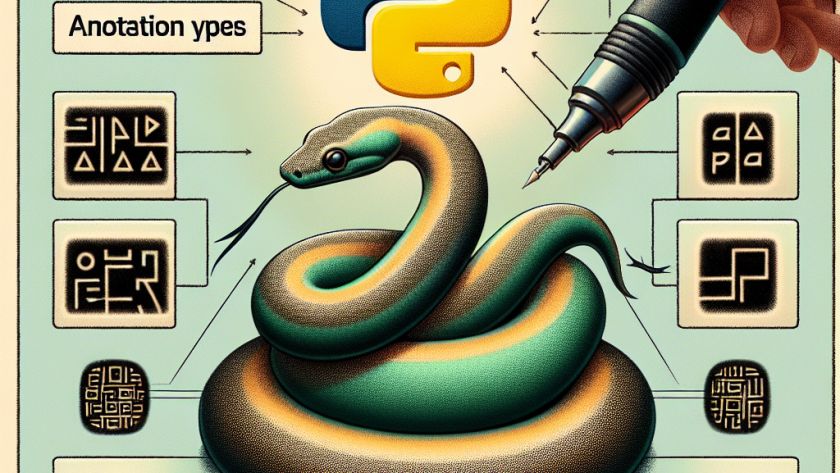Japanese comics, known as Manga, have gained worldwide admiration for their intricate plots and unique artistic style. However, a critical segment of potential readers remains largely underserved: individuals with visual impairments, who often cannot engage with the stories, characters, and worlds created by Manga artists due to their visual-centric nature. Current solutions primarily rely on…












